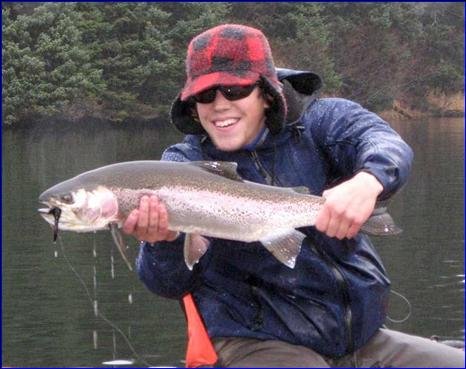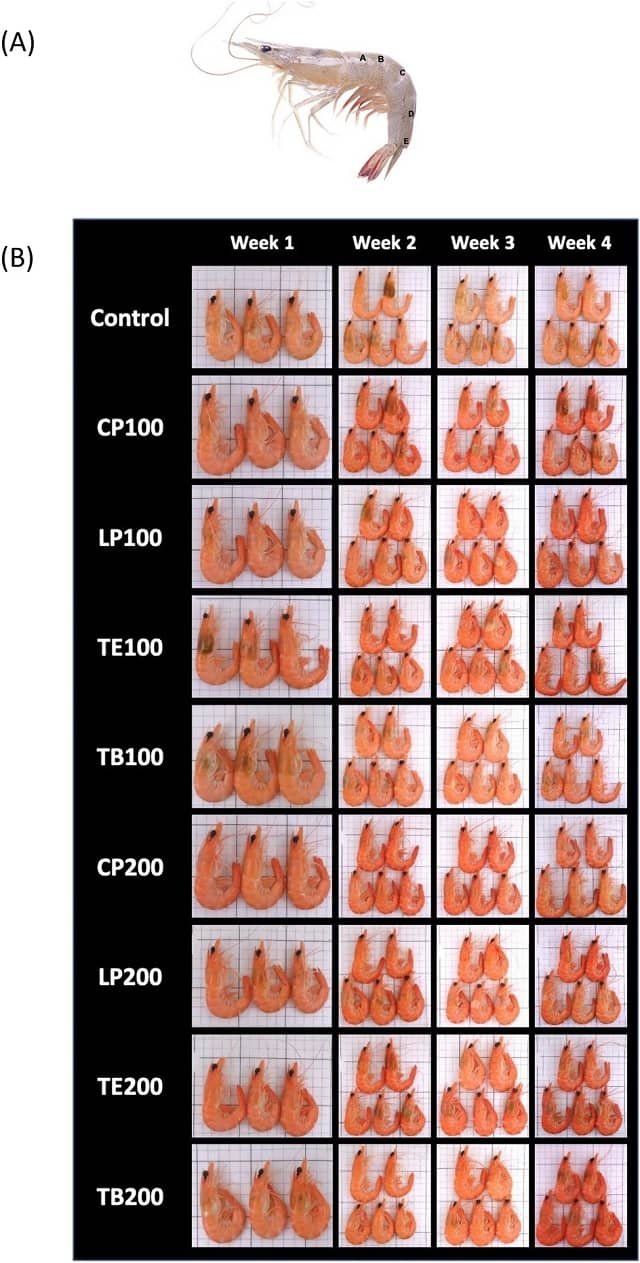
The success of fish farming depends on keeping fish healthy and thriving. Exercise is a crucial part of fish health, but just like humans, too much exercise can be harmful.
A group of scientists from Istanbul University (Turkey) studied the effects of swimming activity and food restriction on digestion and antioxidant enzyme activities in juvenile rainbow trout (average body weight of 26.54 ± 0.36 g).
The Balancing Act: Exercise and Free Radicals
Regular exercise offers numerous benefits, but it also generates free radicals, molecules that can damage cells. The intensity of exercise directly affects the production of free radicals, with more intense exercise generating more free radicals. These free radicals can damage muscles, liver, blood, and other tissues.
The Body’s Defense System: Antioxidants to the Rescue
Fortunately, fish, like other animals, have an antioxidant defense system. This system includes enzymes like superoxide dismutase (SOD) and catalase, as well as non-enzymatic antioxidants like vitamin E and vitamin C. These antioxidants work together to eliminate free radicals and prevent cellular damage.
When the production of free radicals overwhelms the antioxidant defense system, a condition called oxidative stress occurs. This imbalance can harm fish health.
The Experiment: Putting Fish (and Diets) to the Test
Researchers investigated how swimming and diet influence juvenile rainbow trout by dividing them into four groups:
- Static Water, Full Feeding: Trout kept in still water and fed to their maximum appetite.
- Static Water, Restricted Feeding: Trout kept in still water with a 25% reduction in food intake.
- Swimming Exercise: Trout forced to swim against a current at a speed of 1 body length per second (BL/s).
- Swimming Exercise and Restricted Feeding: Trout subjected to swimming exercise (1 BL/s) and a 25% food restriction.
The researchers then analyzed the fish tissues (stomach, liver, and kidney) to measure various factors, including:
- Antioxidant Activity: Levels of enzymes and compounds that combat free radicals, harmful molecules produced during exercise.
- Digestive Enzyme Activity: Enzymes crucial for breaking down food for proper nutrition.
- Oxidative Stress: The presence of reactive oxygen species, a sign of cellular damage.
The Results: Unveiling the Link Between Exercise and Diet
The results revealed interesting interactions between swimming activity and dietary habits in the internal functioning of the fish. The specific details are available in the research article, but the overall conclusion is clear:
Stay Always Informed
Join our communities to instantly receive the most important news, reports, and analysis from the aquaculture industry.
- A Balanced Approach is Key: Both proper nutrition and exercise positively influence the fish’s antioxidant system and enzyme activities.
- Exercise with Good Nutrition is Ideal: The combination of swimming exercise and full feeding resulted in the strongest antioxidant activity and optimal enzyme function.
- Finding the Right Balance: While exercise benefits fish health, restricted feeding can negate some of these positive effects.
Understanding the Impact on Fish Health
The study provides valuable insights into the delicate balance between exercise, diet, and antioxidant activity in fish. Understanding these factors can help us develop better practices for raising healthy fish in aquaculture systems. This could involve:
- Optimizing Exercise Routines: Ensuring fish get enough exercise without generating excessive free radicals.
- Adapting Diets: Providing fish with the right nutrients to support their antioxidant defense system.
- Monitoring Fish Health: Regularly measuring enzyme activity to identify potential issues early.
By creating a balance between exercise, diet, and antioxidant support, we can ensure the health and well-being of fish raised in aquaculture, promoting a sustainable and responsible food production system.
The study was funded by the Scientific Research Projects Coordination Unit of Istanbul University.
Contact
Gökhan Tunçelli
Department of Aquaculture and Fish Diseases, Faculty of Aquatic Sciences, Istanbul University
16 Mart Sehitleri St. No. 2, P.O. Box 34134, Fatih, Istanbul, Turkey.
Email: gokhan.tuncelli@istanbul.edu.tr
Reference (open access)
Tunçelli, G., Ertik, O., Bayrak, B. B., Memiş, D., & Yanardag, R. (2024). Effects of swimming activity and feed restriction on antioxidant and digestive enzymes in juvenile rainbow trout: Implications for nutritional and exercise strategies in aquaculture. Veterinary Medicine and Science, 10(3), e1466. https://doi.org/10.1002/vms3.1466
Editor at the digital magazine AquaHoy. He holds a degree in Aquaculture Biology from the National University of Santa (UNS) and a Master’s degree in Science and Innovation Management from the Polytechnic University of Valencia, with postgraduate diplomas in Business Innovation and Innovation Management. He possesses extensive experience in the aquaculture and fisheries sector, having led the Fisheries Innovation Unit of the National Program for Innovation in Fisheries and Aquaculture (PNIPA). He has served as a senior consultant in technology watch, an innovation project formulator and advisor, and a lecturer at UNS. He is a member of the Peruvian College of Biologists and was recognized by the World Aquaculture Society (WAS) in 2016 for his contribution to aquaculture.




